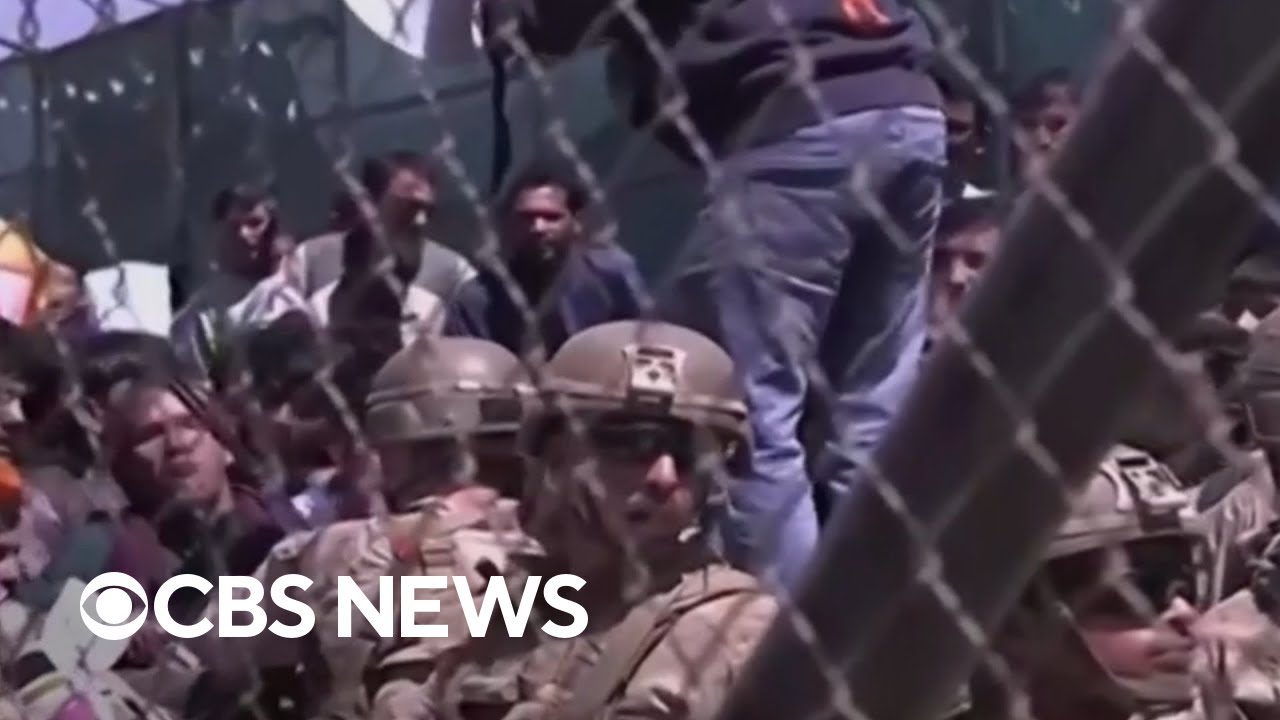What We Know About The Isis-K Leader Killed By The Taliban, State Of Extremist Groups
Unleash Your Creative Genius with MuseMind: Your AI-Powered Content Creation Copilot. Try now! 🚀
In a recent turn of events, a leader of the ISIS-K group in Afghanistan was killed in a suicide bombing at the Kabul airport. The incident has raised several questions about the current status of ISIS-K and the threat it poses both in Afghanistan and internationally. In this article, we will delve deeper into the details surrounding the death of the ISIS-K leader and explore the implications of this event.
The Mystery Surrounding the Death
One of the striking aspects of this incident is the lack of information available about the ISIS-K leader and how he was killed. While the U.S. military acknowledges his death, they have provided minimal details to the public. This lack of transparency has left many questions unanswered, not only for the general audience but also for the families of those affected by the suicide bombing.
Lessons from a Chaotic Withdrawal
The death of the ISIS-K leader serves as a tragic reminder of the chaotic events that unfolded during the withdrawal of American forces from Afghanistan. It highlights the pain and suffering endured by individuals and families affected by such acts of violence. Furthermore, it underscores the importance of justice and the impact it can have in deterring extremist groups like the Taliban and ISIS-K from perpetrating further acts of terrorism.
Understanding the Current Status of ISIS-K
As the world focused on the Taliban's takeover of Afghanistan, it is crucial to recognize that other extremist groups, such as ISIS-K, still pose a significant threat in the region. While the Taliban has effectively gained control over large parts of Afghanistan, remnants of ISIS have sought refuge and regrouped in areas where they do not align with the Taliban's ideology. This revelation sheds light on the complexities and dynamics of the extremist landscape in Afghanistan.
Unraveling the Nature of ISIS-K
To comprehend the nature of ISIS-K, it is crucial to recognize that they are not just an Afghan entity seeking to destabilize the country. They are a global terrorist organization with ambitions and a reach that extends beyond borders. Despite past successes in eliminating key leaders of terrorist groups, history has shown that decapitating the leadership does not eradicate the threat entirely. These organizations have demonstrated their ability to adapt, reorganize, and continue their harmful activities despite significant setbacks.
The Ongoing Terrorist Risks
While the world grapples with pressing issues such as China, Russia, and North Korea, it is essential not to overlook the persistent dangers posed by terrorist organizations like ISIS-K. Even with the evolving global landscape, the risk of terrorism remains ever-present. It is crucial to remain vigilant and conscious of this threat, as it continues to evolve and manifest in different parts of the world.
The Elusiveness of Total Elimination
The demise of the ISIS-K leader, although significant, does not guarantee the end of the group or its influence. The past two decades have taught us that eliminating the heads of extremist organizations does not eradicate the risk entirely. These groups have proven their resilience in reestablishing themselves and continue to pose a threat. It is an unfortunate reality that we must confront as we strive to combat terrorism effectively.
In conclusion, while the death of the ISIS-K leader is a notable development, it is essential to approach it with caution and realism. The fight against terrorism is a complex and ongoing battle that requires continued vigilance and international cooperation. As we navigate through these challenges, it is crucial to stay informed, question the narratives presented, and work towards creating a safer and more peaceful world.

Related Recaps
- Wax - Shoulda Tried Harder (Live Music) | Sugarshack Sessions
- Nashville shooter had 'detailed' maps of school at home, says police
- President Biden Invites Congressional Leaders to Continue Debt Ceiling Talks | EWTN News Nightly
- Testing the internet’s most creative egg recipes.
- Viel Les Paul für wenig Geld? - Harley Benton SC 550 II Gotoh PAF - Test